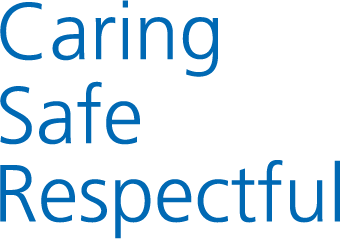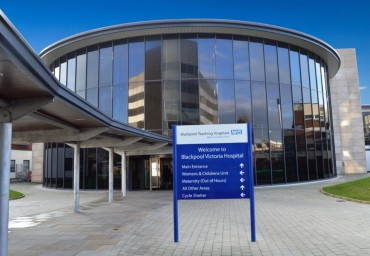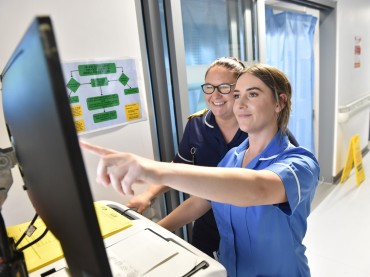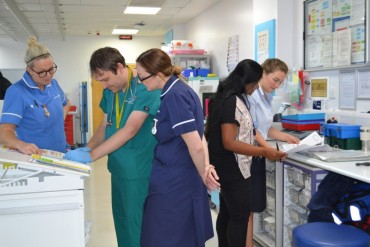Overview
Oxygen Therapy helps improve low blood oxygen levels. Ambulatory oxygen is prescribed when your oxygen levels fall on exertion and is intended to improve your level of activity.
It is a prescribed medication. The amount you have been prescribed has been carefully assessed and is individual to you.
We are aware this PDF are might not be accessible to all users. If you would like to request an accessible version, please contact bfwh.
Read our accessibility statement to learn more.



